The Return of Religion
and Other Myths:
A Critical Reader in Contemporary Art
BAK (basis voor actuele kunst)
Utrecht, Netherlands | 2009
For this FSA Inspiration, we feature The Return of Religion and Other Myths: A Critical Reader in Contemporary Art (2009), a collection of anthologized writings compiled from the symposium On Post-Secularism (2009), and the exhibition The Art of Iconoclasm, curated by Sven Lütticken. These initiatives jointly explore “..the popular assumption of the return of religion to the field of contemporary art, the public sphere, present day politics, and the media in the West as a constitutive ‘myth’ of our current condition.”
We are drawn to the collection of essays in this book because it sources differing ideas from varying significant artists and critics of our times (Jan Assmann; Christina von Braun; Paul Chan; Boris Groys; Arnoud Holleman; Marc de Kesel; Kenan Malik; Maria Pask; Dieter Roelstraete; Jorinde Seijdel) around the subject of religion without arriving at any unified conclusion. We find the essay “In the Absence of a Horizon” particularly noteworthy: a transcribed conversation between art critic Boris Groys (The Total Art of Stalinism: Avant-Garde, Aesthetic Dictatorship and Beyond, 1988; On the New: An Attempt at Cultural Economy, 1992) and Maria Hlavajova, artist historian and director of BAK (basis voor actuele kunst, Utrecht).

